The Complete Guide to IPTV Boxes: Everything You Need to Know
Have you ever wondered how some people access thousands of TV channels without paying hefty cable bills? The answer lies in IPTV boxes – small but powerful devices that are revolutionizing how we consume television content. But what exactly is an IPTV box, and how does it work?
IPTV (Internet Protocol Television) boxes are specialized streaming devices that deliver television content over the internet rather than through traditional satellite or cable formats. These compact devices connect to your TV and internet connection, opening up a world of entertainment possibilities that traditional services simply can’t match.
In this comprehensive guide, we’ll explore everything you need to know about IPTV boxes – from their basic functionality to advanced features, setup processes, and how to choose the right one for your specific needs. Whether you’re a streaming novice or looking to upgrade your current setup, this article will equip you with all the information necessary to make informed decisions about IPTV technology.
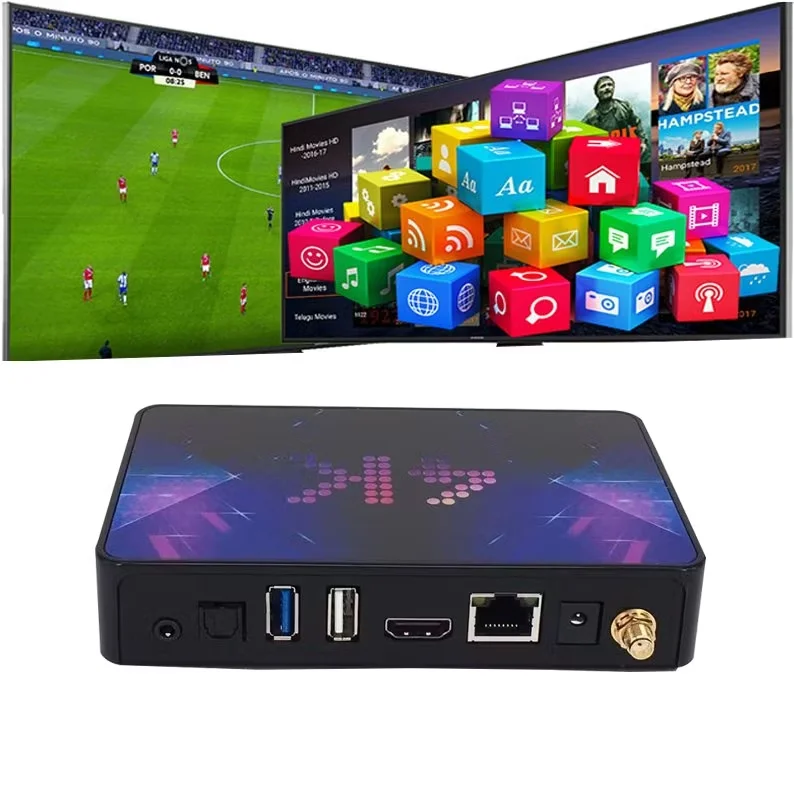
What Is an IPTV Box and How Does It Work?
An IPTV box is essentially a dedicated streaming device that connects to your television and internet connection to deliver TV content via IP (Internet Protocol) networks. Unlike traditional broadcasting methods that push all channels simultaneously, IPTV boxes request and receive only the specific content you want to watch, making it a more efficient and personalized viewing experience.
But how exactly does this technology function? At its core, an IPTV box works by receiving compressed video signals through your internet connection. These signals are then decoded by the box and displayed on your television screen. This process happens in real-time, allowing for seamless streaming of live TV channels, on-demand content, and recorded programs.
The technical magic happens through several processes:
- Content acquisition – The service provider gathers content from various sources, including live broadcasts, pre-recorded shows, and movies
- Storage and processing – This content is stored on servers, compressed, and prepared for streaming
- Content delivery – When you select a channel or program, the IPTV box sends a request to these servers
- Streaming – The requested content is delivered to your box via your internet connection using IP protocols
- Decoding and display – Your IPTV box decodes this data and converts it into viewable content on your TV
One significant advantage of IPTV boxes is their ability to provide video-on-demand (VOD) services alongside live TV channels. This means you can access a vast library of movies and TV shows whenever you want, similar to popular streaming platforms but often with much more extensive content options.
Modern IPTV boxes typically run on Android or custom operating systems that support various streaming applications. This versatility allows users to not only access their IPTV subscription but also use popular streaming apps like Netflix, YouTube, and others on the same device. The combination of traditional TV channels and on-demand content makes IPTV boxes an attractive all-in-one entertainment solution.
Is reliable internet necessary? Absolutely. Since IPTV relies entirely on your internet connection, having a stable and reasonably fast connection is crucial for smooth streaming. For standard definition content, speeds of at least 10 Mbps are recommended, while HD and 4K streaming may require 25 Mbps or higher for optimal performance.
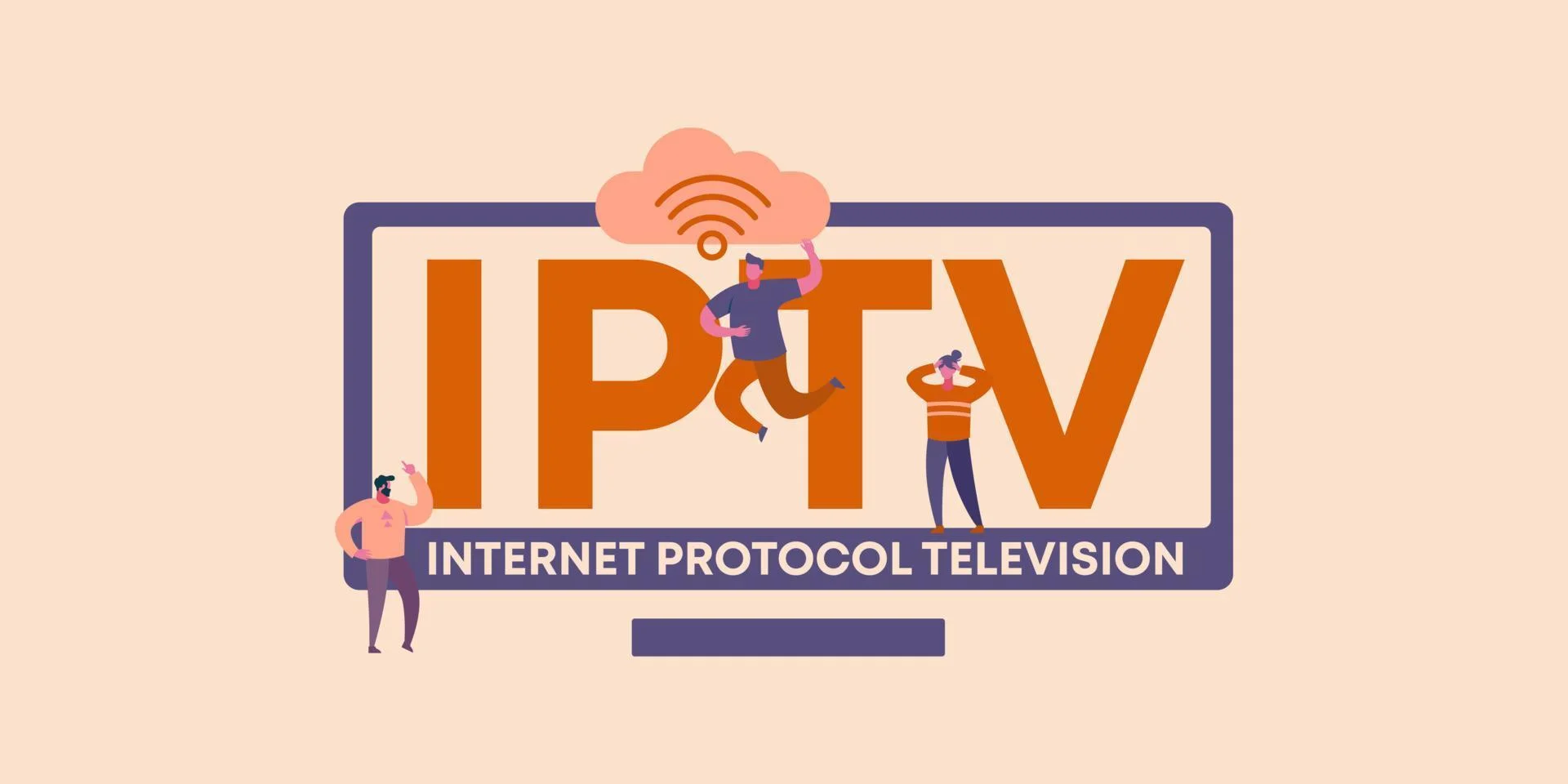
Key Features and Benefits of Using an IPTV Box
IPTV boxes pack an impressive array of features that make them increasingly popular among entertainment enthusiasts. What makes these compact devices so appealing? Let’s explore the standout features and benefits that set IPTV boxes apart from traditional television services.
The most compelling advantage is undoubtedly the vast content selection. With an IPTV box, you gain access to thousands of channels from around the world, including many that wouldn’t be available through local cable or satellite providers. This international selection allows viewers to enjoy content from virtually any country, making it perfect for expatriates wanting to stay connected to their home country’s programming or language learners seeking immersion opportunities.
Cost-effectiveness stands as another major benefit. Traditional cable and satellite packages often come with hefty monthly bills and long-term contracts. In contrast, IPTV subscriptions typically offer more flexible pricing options, including monthly, quarterly, or annual plans without demanding long-term commitments. The savings can be substantial, especially when you consider the breadth of content available.
The convenience factor cannot be overstated. Modern IPTV boxes offer features like:
- Electronic Program Guides (EPG) that make finding and scheduling content intuitive
- Recording capabilities that let you save shows to watch later
- Time-shifting features that allow you to pause and rewind live TV
- Multi-device compatibility so you can start watching on your TV and continue on your mobile device
- User profiles for personalized recommendations and watchlists
Picture and sound quality have come a long way in IPTV technology. Many services now offer content in Full HD (1080p) and even 4K resolution, with some supporting advanced audio formats like Dolby Digital. This high-quality experience rivals or sometimes exceeds what traditional broadcasting methods can deliver, especially with a good internet connection.
The versatility of IPTV boxes is particularly noteworthy. Most modern units run on Android or similar operating systems, allowing them to function as general-purpose streaming devices. This means you can install additional apps like Netflix, YouTube, Spotify, and games, transforming your IPTV box into a complete entertainment hub rather than just a television receiver.
For sports enthusiasts, IPTV boxes offer unprecedented access to sporting events from around the globe. Many IPTV plans include sports packages that would cost significantly more through traditional providers, if available at all. This global sports coverage is often a key selling point for many subscribers.
The portability aspect shouldn’t be overlooked either. Unlike traditional cable setups that are fixed to a specific location, IPTV boxes can be easily transported and set up anywhere with an internet connection. This makes them ideal for travelers, people with multiple residences, or those who simply want flexibility in their viewing setup.
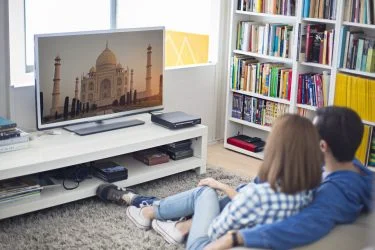
How to Set Up Your IPTV Box: A Step-by-Step Guide
Setting up an IPTV box might seem daunting at first, but the process is actually quite straightforward. With the right guidance, you can have your device up and running in no time. Let’s break down the setup process into manageable steps that anyone can follow.
Before you begin, make sure you have all the necessary components: your IPTV box, a power adapter, an HDMI cable, a remote control (usually included with the box), a stable internet connection, and valid IPTV subscription details. Having everything ready beforehand will make the setup process much smoother.
Start with the physical connections. First, place your IPTV box in a well-ventilated area near your TV. Connect one end of the HDMI cable to your IPTV box and the other end to an available HDMI port on your television. Then, connect the power adapter to your IPTV box and plug it into a power outlet. If you prefer a wired internet connection (recommended for more stable streaming), connect an Ethernet cable from your router to the box. Alternatively, most IPTV boxes support Wi-Fi connections.
Once the physical setup is complete, turn on your TV and select the appropriate HDMI input source using your TV remote. You should now see the IPTV box’s startup screen. Follow the on-screen instructions to complete the initial setup, which typically includes:
- Selecting your preferred language
- Connecting to your Wi-Fi network (if not using Ethernet)
- Setting the correct time zone
- Accepting terms and conditions
- Creating or signing into an account (if required)
Now comes the crucial part – installing and configuring your IPTV application. Many IPTV boxes come with pre-installed apps like IPTV Smarters Pro, but you might need to download your preferred app from the box’s app store. Popular options include IPTV Smarters Pro, Perfect Player, and TiviMate. The setup guide provided by your IPTV service can offer specific recommendations.
After installing your IPTV app, you’ll need to input your subscription details. This typically involves entering the M3U URL, portal URL, or scanning a QR code provided by your IPTV service provider. Some services might require you to enter a username and password instead. This information should have been provided when you purchased your IPTV subscription.
For example, if you’re using IPTV Smarters Pro, the process would look like this:
- Open the IPTV Smarters Pro app
- Select “Add New User” or “Login” depending on the app version
- Choose “URL” or “M3U” option
- Enter the M3U URL or Portal URL provided by your service
- Enter your username and password if required
- Click “Add User” or “Login”
Once your subscription details are entered correctly, the app will load your channel list and content library. Take some time to explore the interface and familiarize yourself with the navigation. Most IPTV apps allow you to organize channels into favorites, search for specific content, and customize the display settings.
If you encounter any issues during setup, don’t panic. Common troubleshooting steps include:
- Checking your internet connection
- Verifying that your subscription is active
- Double-checking the URL or login credentials for typos
- Restarting the IPTV box
- Reinstalling the IPTV application
Many IPTV service providers offer customer service to help with setup issues, so don’t hesitate to reach out if you’re stuck. With your IPTV box properly set up, you’re now ready to enjoy a world of entertainment options at your fingertips.
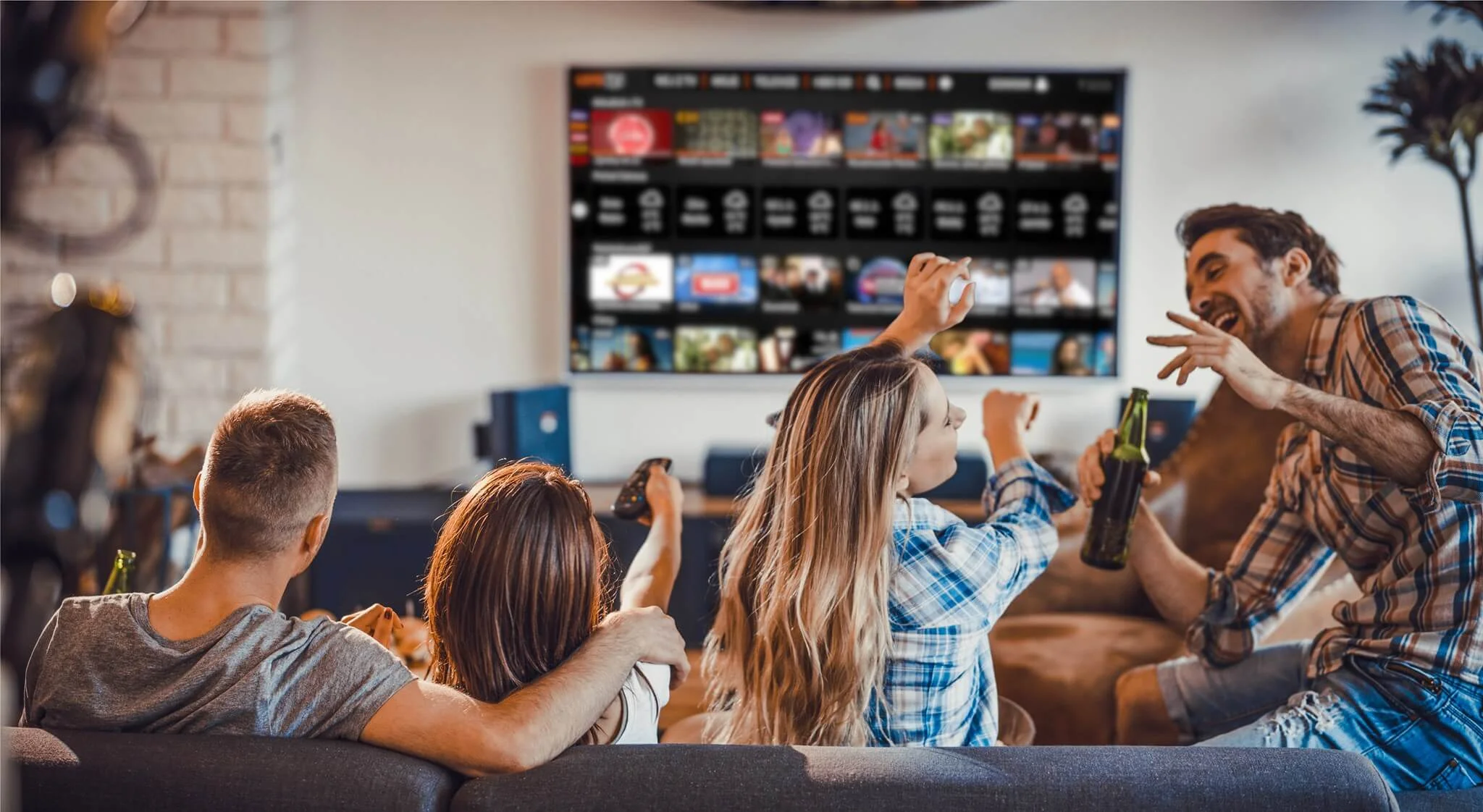
Choosing the Right IPTV Box for Your Needs
Selecting the perfect IPTV box can feel overwhelming with so many options available on the market. How do you know which one will best suit your specific needs? Let’s explore the key factors to consider when making this important decision.
Hardware specifications should be at the top of your consideration list. The processing power and memory of an IPTV box directly impact its performance and responsiveness. Look for devices with at least a quad-core processor and 2GB of RAM for smooth navigation and streaming. Storage capacity is also important, especially if you plan to record shows or install multiple apps. While 16GB is a common starting point, models with 32GB or more provide greater flexibility.
What about operating systems? Most IPTV boxes run on either Android TV, custom Android versions, or proprietary systems. Android-based boxes offer the advantage of access to the Google Play Store and its vast library of apps, making them highly versatile. However, some purpose-built IPTV boxes with proprietary systems may offer more streamlined and optimized experiences specifically for IPTV viewing.
Resolution capabilities matter significantly in today’s high-definition world. While most modern IPTV boxes support 1080p Full HD content, if you own a 4K television, you’ll want to invest in a box that supports 4K resolution to make the most of your display. Some premium models even offer HDR (High Dynamic Range) support for enhanced color and contrast.
Connectivity options can make or break your experience. A good IPTV box should include:
- HDMI output (preferably HDMI 2.0 for 4K support)
- Ethernet port for wired internet connection
- Dual-band Wi-Fi (2.4GHz and 5GHz) for wireless flexibility
- USB ports for external storage or peripherals
- Audio output options like optical or 3.5mm jack
- Bluetooth capability for wireless keyboards, headphones, or game controllers
Consider your budget realistically. IPTV boxes range from budget-friendly basic models (around $30-50) to premium devices that can cost $150 or more. While it might be tempting to go for the cheapest option, investing in a mid-range or premium box often pays off in terms of performance, reliability, and longevity. Remember that this is a device you’ll likely use daily, so quality matters.
User interface and remote control quality significantly impact your daily experience. Look for boxes with intuitive, responsive interfaces and well-designed remotes. Some premium models offer voice control functionality or app-based remote control through your smartphone, which can enhance usability. Reading user reviews about these aspects can provide valuable insights that specifications alone won’t reveal.
Software updates and support should not be overlooked. Manufacturers that regularly provide software updates help ensure your device remains secure and compatible with the latest apps and services. Check the manufacturer’s track record for supporting their devices long-term before making a purchase.
Popular and reliable IPTV box brands include Formuler, Infomir MAG, Dreamlink, BuzzTV, and NVIDIA Shield (though the latter is a premium multipurpose streaming device rather than a dedicated IPTV box). Many users also opt for generic Android TV boxes that can be configured for IPTV use.
Before finalizing your decision, check compatibility with your preferred IPTV subscription service. Some services work better with specific box models or operating systems. If you’ve already chosen an IPTV provider, consult their recommendations or support team for advice on compatible hardware.

Popular IPTV Applications and Their Features
The software that runs on your IPTV box is just as important as the hardware itself. Various IPTV applications offer different features, interfaces, and capabilities that can significantly enhance your viewing experience. Let’s explore some of the most popular IPTV apps and what makes each one special.
IPTV Smarters Pro stands as one of the most widely used IPTV applications, and for good reason. This versatile app offers an intuitive interface that’s easy for beginners while providing advanced features for experienced users. Its standout features include multi-screen viewing (perfect for sports fans who want to watch multiple games simultaneously), catch-up TV functionality, recording capabilities, and extensive EPG (Electronic Program Guide) support. The app is available for Android devices, iOS, Windows, and macOS, making it a truly cross-platform solution.
How does the setup process work? IPTV Smarters Pro setup is straightforward – you simply download the app, enter your provider’s M3U URL or Xtream Codes API details, and you’re ready to go. For Fire TV Stick users, there’s a specific IPTV Smarters Fire TV Stick version optimized for that platform.
Perfect Player offers a different approach with its minimalist, lightweight design. This app focuses on performance and reliability rather than flashy features. It supports various playlist formats, including M3U, XSPF, and JTV, and allows for extensive customization of the channel list and EPG. Perfect Player is particularly popular among users with older or less powerful devices due to its efficient resource usage.
TiviMate has rapidly gained popularity for its polished, TV-friendly interface that resembles traditional cable TV guides. Its premium features include multi-playlist support, recording functionality, catch-up TV, and one of the most customizable interfaces in any IPTV app. Many enthusiasts consider TiviMate the gold standard for IPTV applications on Android TV boxes, though it does require a premium subscription to unlock all features.
GSE Smart IPTV is another versatile option available across multiple platforms including Android, iOS, macOS, and even Samsung/LG smart TVs. It supports various input formats and offers features like parental controls, favorites management, and EPG integration. Its wide availability makes it an excellent choice for users who want a consistent experience across different devices.
For those using MegaOTT services, the dedicated MegaOTT app provides optimized performance and features specifically designed for this service. Similarly, MegaOTT APK is available for Android devices and MegaOTT Firestick offers a tailored experience for Amazon’s popular streaming stick.
When choosing an IPTV application, consider these factors:
- Device compatibility – Ensure the app works well on your specific hardware
- Interface preferences – Some apps offer modern, Netflix-like interfaces while others provide traditional TV guide layouts
- Feature requirements – Determine which features are must-haves for your viewing habits
- Performance considerations – Lighter apps may perform better on less powerful devices
- Provider recommendations – Some IPTV services work better with specific applications
Many of these applications offer free versions with limited functionality and premium versions with full feature sets. It’s often worth trying several options before settling on your preferred app, as personal preference plays a significant role in which interface and feature set will work best for you.
For those using Amazon Fire devices, specialized guides like IPTV apps for Firestick and IPTV Smarters Firestick installation guide can help navigate the specific requirements of these popular streaming devices.

Troubleshooting Common IPTV Box Issues
Even the best IPTV setups occasionally encounter problems. Understanding how to diagnose and resolve common issues can save you time, frustration, and unnecessary support calls. Let’s explore the most frequent problems IPTV users face and their solutions.
Buffering and playback interruptions rank among the most common complaints. That spinning circle can quickly ruin your viewing experience, but several factors might be causing it. First, check your internet connection speed – IPTV streaming requires a stable connection of at least 10-25 Mbps for HD content. Run a speed test to verify your actual speeds. If your connection is slower than expected, try moving your router closer to your IPTV box, reducing the number of devices connected to your network, or contacting your internet service provider.
Connection issues between your box and the IPTV service can manifest in various ways. If you see error messages like “Server not found” or “Connection failed,” first verify that your internet connection is working by testing other apps or devices. Next, check if your IPTV subscription is active and properly configured. Sometimes, simply restarting your IPTV box and router can resolve connection problems by refreshing network settings and clearing temporary glitches.
Audio or video quality problems? If you’re experiencing poor video quality, frozen frames, or audio sync issues, several factors could be at play. Check your display settings to ensure they match your TV’s capabilities – for instance, if your TV supports 4K but your box is set to 1080p, adjust accordingly. For audio problems, verify that the audio output format in your box settings is compatible with your audio system. Sometimes, switching between different audio output options (like PCM, Dolby Digital, or Auto) can resolve sync issues.
Channel loading failures are frustrating but often fixable. If specific channels fail to load while others work fine, the issue might be with those particular channels rather than your entire setup. Some channels may be temporarily down, experiencing high traffic, or have been removed from your package. Try refreshing your playlist within your IPTV application or contacting your provider to check the status of problematic channels.
EPG (Electronic Program Guide) issues can impact your ability to navigate content effectively. If your EPG is missing, incomplete, or showing incorrect information, try these solutions:
- Manually refresh the EPG data within your IPTV application
- Check that the correct EPG URL is configured in your app settings
- Verify that your system time and date are accurate
- Contact your provider to confirm they’re supplying updated EPG data
Application crashes or freezes can occur on any platform. If your IPTV app frequently crashes or becomes unresponsive, try clearing the app’s cache and data (found in your device’s application settings). If problems persist, uninstalling and reinstalling the application often helps. For persistent issues, check if there’s an updated version of the app available, as developers regularly release fixes for known problems.
Remote control responsiveness problems can be particularly annoying. If your remote seems sluggish or unresponsive, first check the batteries. Next, ensure there are no obstacles between the remote and the box. Some IPTV boxes also have a learning curve where certain button combinations or press durations work better than others. Consulting your box’s manual or online forums specific to your model can provide helpful tips.
When all else fails, a factory reset might be necessary. This should be considered a last resort as it will erase all your settings and installed applications. Most IPTV boxes have a reset option in their settings menu, or a physical reset button (often a small hole requiring a paperclip to press). After resetting, you’ll need to reconfigure your device and reinstall your IPTV application.
For persistent issues, don’t hesitate to contact your IPTV service provider’s customer support. They can often diagnose problems specific to their service and provide tailored solutions. Many providers offer support through email, chat, or dedicated support tickets.
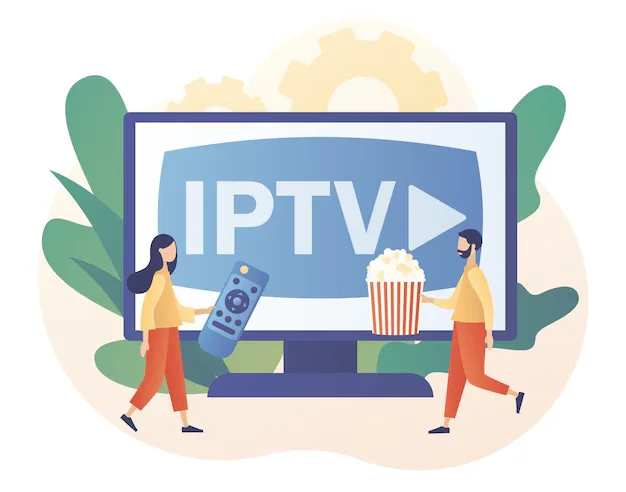
IPTV Box vs. Other Streaming Devices: A Comparison
With so many streaming options available today, how do IPTV boxes compare to other popular devices? Understanding the key differences can help you determine which solution best fits your entertainment needs. Let’s compare IPTV boxes with other common streaming options.
Smart TVs have built-in streaming capabilities and come pre-loaded with popular apps like Netflix and YouTube. While convenient, they often have limitations compared to dedicated IPTV boxes. Smart TV interfaces tend to be slower and less responsive, with limited processing power for complex applications. Additionally, many IPTV applications aren’t available in standard smart TV app stores, requiring workarounds for installation. Smart TVs also receive fewer software updates than dedicated streaming devices, potentially leaving you with outdated technology faster.
Streaming sticks like Amazon Fire Stick, Google Chromecast, and Roku offer compact, affordable entry points to streaming content. These devices excel at delivering mainstream streaming services but may have limitations for IPTV use. While many support IPTV applications through side-loading or their app stores, they typically have less processing power and storage than dedicated IPTV boxes. This can result in slower navigation and potential performance issues with feature-rich IPTV apps. However, their portability and ease of use make them popular choices for casual IPTV users or those who want a multipurpose streaming solution.
Gaming consoles like PlayStation and Xbox can double as streaming devices and support various entertainment apps. While powerful, these devices aren’t optimized for IPTV use. Installing and configuring IPTV applications often requires workarounds, and the interface isn’t designed with television viewing as the primary function. Additionally, using a game controller for navigation can be cumbersome compared to a dedicated remote.
What about dedicated IPTV boxes? These devices are specifically designed for IPTV streaming, offering several advantages:
- Optimized performance for IPTV applications and video playback
- Purpose-built remote controls with TV-friendly navigation
- Easy installation of IPTV applications without restrictions
- Specialized features like recording capabilities and time-shifting
- Better compatibility with various IPTV services and formats
Cost considerations vary widely across these options. Smart TVs require no additional hardware purchase but come with the limitations mentioned earlier. Streaming sticks typically range from $30-$50, offering an affordable entry point. Gaming consoles are the most expensive option at $300+ but serve multiple purposes. Dedicated IPTV boxes fall in the middle, typically costing $50-$150 depending on specifications and features.
For those specifically interested in IPTV streaming, the choice often comes down to dedicated IPTV boxes versus streaming sticks like the Fire TV Stick with IPTV Smarters. The decision depends on your priorities: if maximum performance and IPTV-specific features are important, a dedicated box is preferable. If portability, cost, and multipurpose functionality matter more, a streaming stick might be sufficient.
Another consideration is future-proofing. Dedicated IPTV boxes typically offer better specifications that will remain capable of running newer applications and handling higher-quality streams for longer periods. They also tend to receive more frequent firmware updates than smart TVs, extending their useful lifespan.
Ultimately, the best choice depends on your specific needs, technical comfort level, and how central IPTV streaming is to your entertainment setup. Many enthusiasts actually use a combination of devices – perhaps a dedicated IPTV box for the main living room TV and streaming sticks for secondary televisions throughout the home.
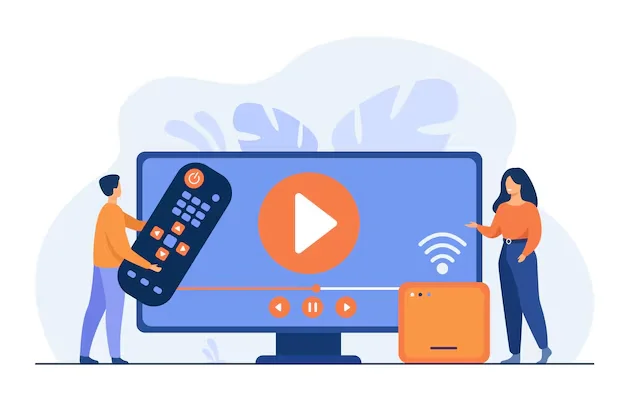
Making the Most of Your IPTV Box: Advanced Tips and Tricks
Once you’ve mastered the basics of your IPTV box, there’s a whole world of advanced features and optimizations waiting to be discovered. These tips and tricks can elevate your viewing experience from good to exceptional. Let’s explore how to maximize the potential of your IPTV setup.
External storage expansion can dramatically increase your box’s capabilities. Most IPTV boxes include USB ports that support external hard drives or flash drives. By connecting external storage, you can record more content, install additional apps without worrying about space limitations, and even play local media files. For optimal performance, use USB 3.0 drives when supported by your box, as they offer significantly faster data transfer speeds than older USB standards.
Have you tried customizing your electronic program guide (EPG)? Many advanced IPTV applications allow you to personalize how program information is displayed. You can often adjust the time window shown, change the layout between grid and list views, filter channels by category, and even set custom colors or themes. Taking time to configure your EPG to match your viewing habits can make finding content much more intuitive.
Keyboard and mouse integration can transform how you interact with your IPTV box. While the included remote works for basic navigation, connecting a wireless keyboard and mouse (via USB dongle or Bluetooth) makes searching, typing passwords, and navigating complex menus much faster. This setup is particularly useful if you frequently search for specific content or use web browsers on your box.
For the ultimate viewing flexibility, consider setting up multiple connections across different devices. Many IPTV services offer plans with multiple simultaneous connections, allowing family members to watch different content on separate devices. Options range from 2 connections to 4 connections or more, depending on your household needs.
Voice control integration can add a futuristic touch to your setup. Some advanced IPTV boxes support voice commands through their remotes or through integration with smart home systems like Amazon Alexa or Google Assistant. This allows you to search for content, change channels, adjust volume, and even control playback using just your voice. Check your box’s documentation to see if voice features are supported and how to enable them.
Creating custom playlists is a powerful way to organize your favorite channels. Instead of scrolling through hundreds or thousands of channels, many IPTV apps allow you to create personalized lists of your most-watched channels. You might create separate lists for news, sports, movies, kids’ content, or international channels, making it much faster to find what you’re looking for.
VPN integration can enhance both security and content access. By installing a VPN (Virtual Private Network) app on your IPTV box, you can encrypt your streaming traffic for greater privacy and potentially access geo-restricted content. Some IPTV boxes allow VPN configurations at the system level, ensuring all traffic is protected, while others require using VPN apps for individual applications.
For advanced users, consider these power-user techniques:
- Custom launchers – Replace the default interface with specialized launchers optimized for media consumption
- Automation tools – Apps like Tasker (for Android-based boxes) can automate repetitive actions
- Network optimization – Configure Quality of Service (QoS) settings on your router to prioritize streaming traffic
- Cooling solutions – For intensive use, external cooling pads can prevent thermal throttling and extend device lifespan
- Regular maintenance – Schedule periodic cache clearing and unnecessary app removal to maintain performance
Finally, stay informed about updates and new features. The IPTV landscape evolves rapidly, with new applications, features, and optimization techniques emerging regularly. Join online communities dedicated to your specific IPTV box model or preferred applications to learn from other enthusiasts and stay current with the latest developments.
By implementing these advanced tips and tricks, you’ll not only enhance your viewing experience but also extend the useful life of your IPTV box by keeping it running efficiently. The time invested in optimizing your setup will pay dividends in viewing enjoyment for years to come.
Ready to explore the world of IPTV? Check out affordable IPTV options and subscription plans to get started with your streaming journey today.